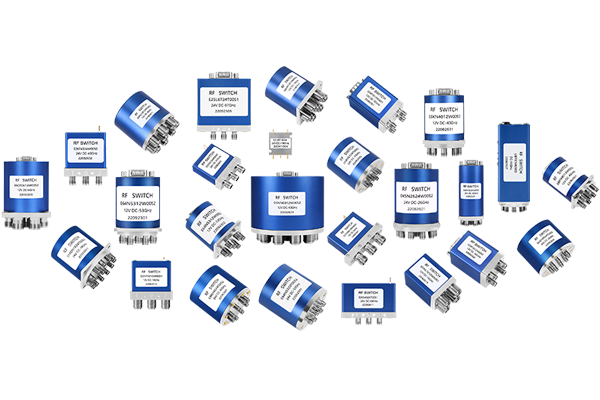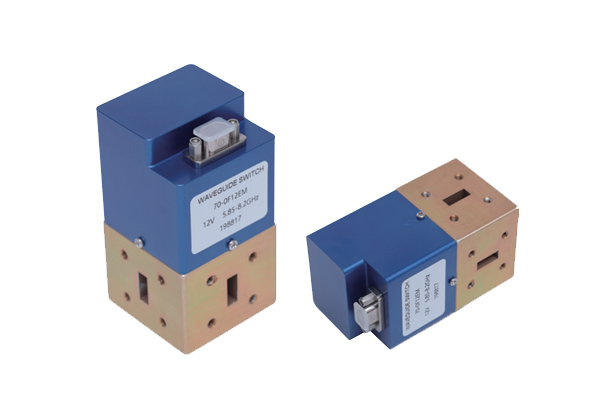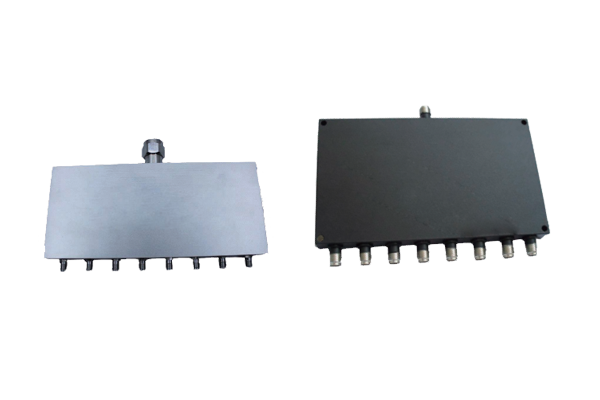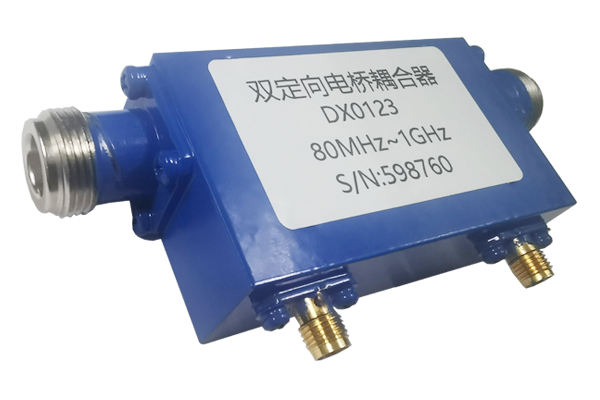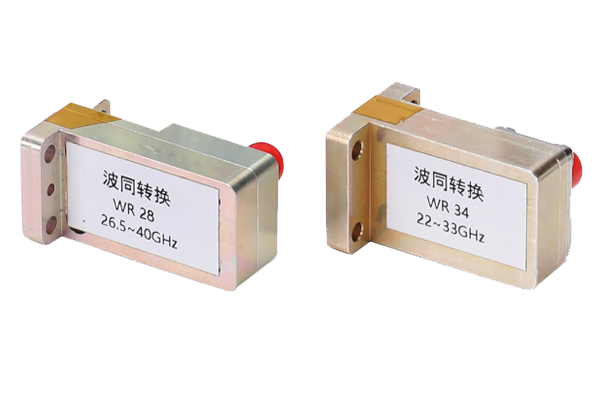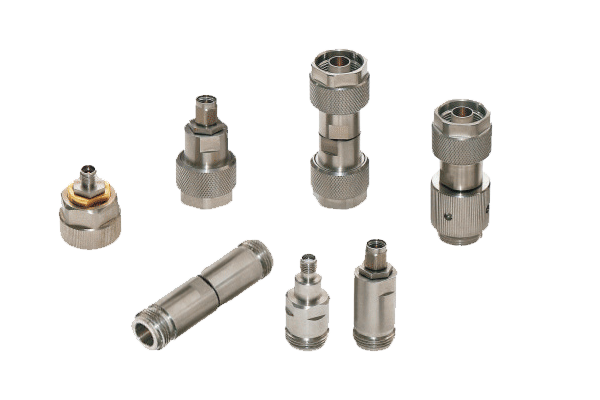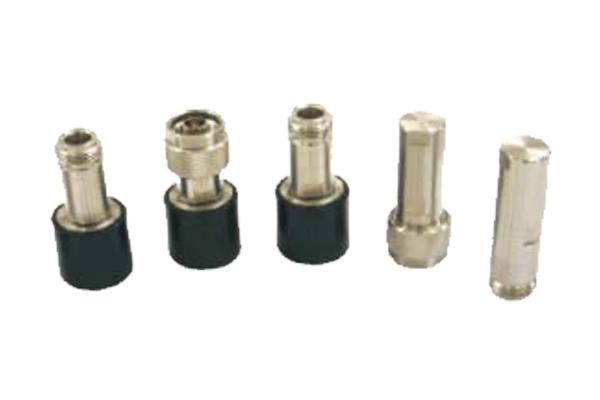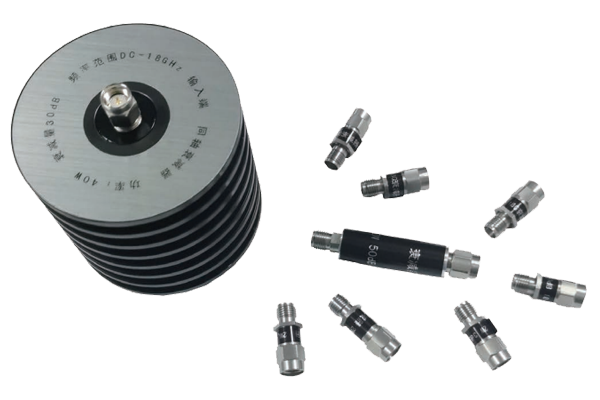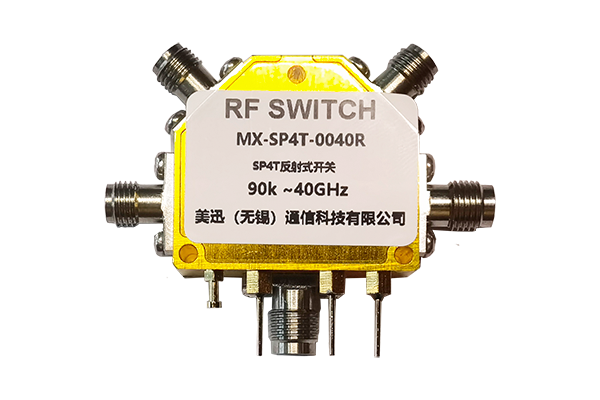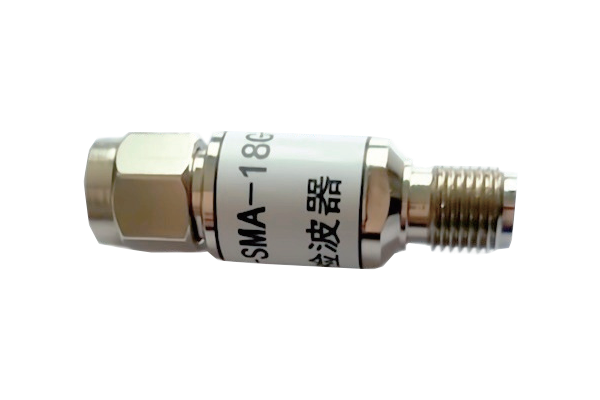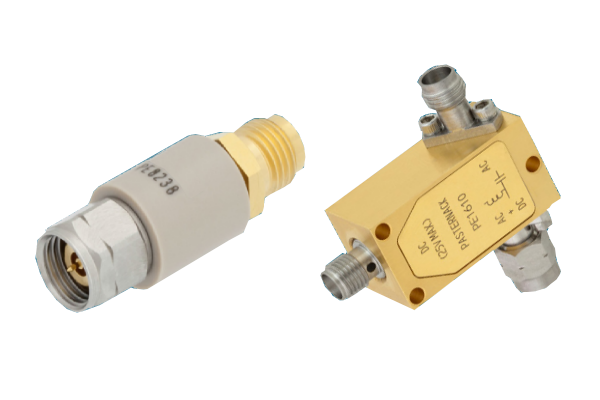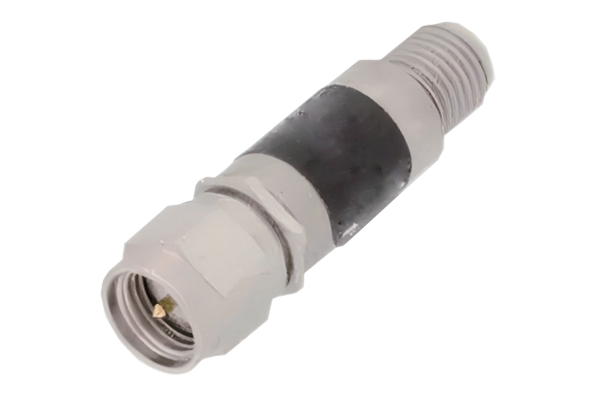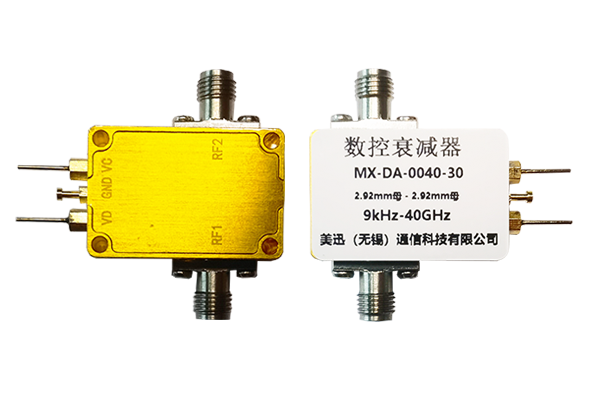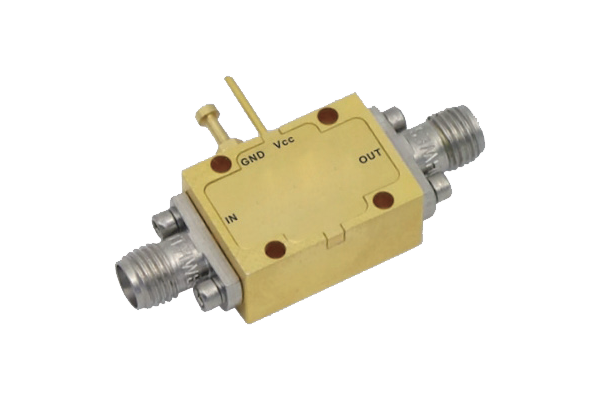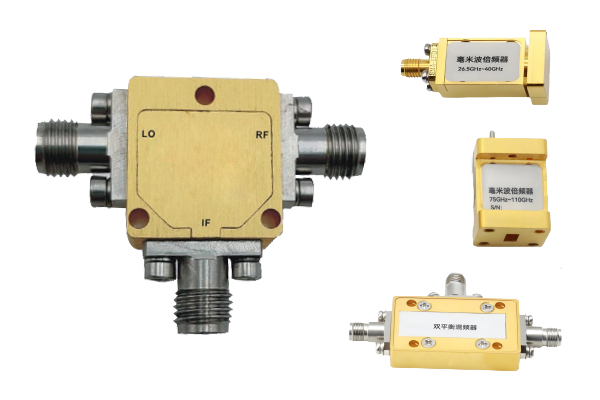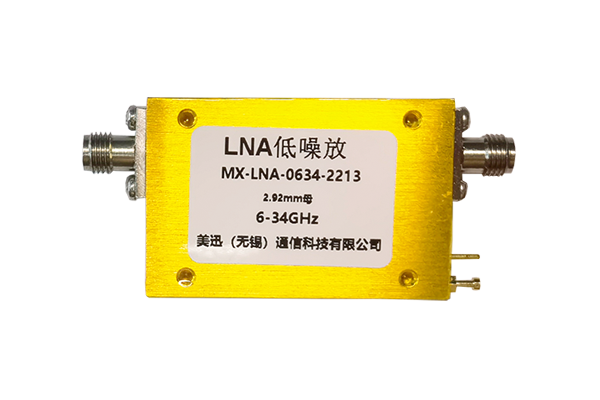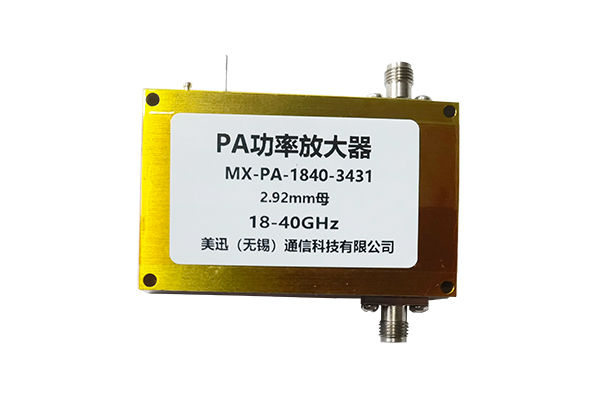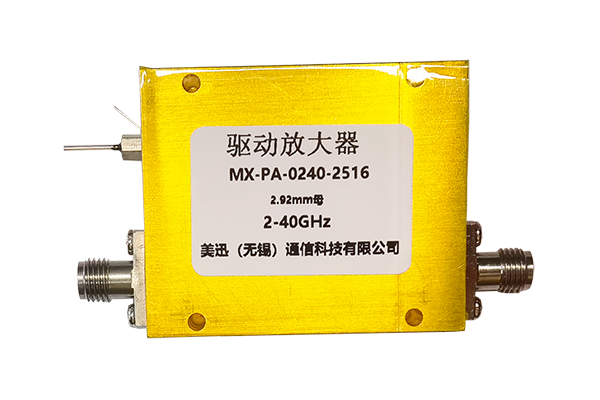Development trend of low-noise amplifier
1. Integration with new technologies
With the global promotion of 5G technology, there is an increasing demand for low-noise amplifiers that can work effectively at higher frequencies and support faster data rates to improve the signal quality and reduce noise of base stations and user equipment in 5G infrastructure. In the future, low-noise amplifiers will be more widely integrated with emerging communication technologies such as 5G and 6G to meet the needs of high-speed communications.
2. Material innovation
The development of semiconductor materials is redefining the low-noise amplifier market. Materials such as gallium nitride (GaN), gallium arsenide (GaAs) and silicon germanium (SiGe) have advantages such as higher power density, better thermal stability and lower noise figure, and will be more widely used in the manufacture of low-noise amplifiers to improve their performance in high frequency and low noise.
3. Miniaturization and integration
Driven by the demand for space-saving solutions in consumer electronics, telecommunications and automotive fields, the low-noise amplifier market is moving towards miniaturization and integration. Miniaturized low-noise amplifiers are small in size, light in weight, low in power consumption and high in performance, and can be integrated into multifunctional devices and systems to improve the efficiency of portable and embedded systems.
4. Focus on energy efficiency
As electronic devices and systems have higher and higher requirements for power consumption, the low-noise amplifier market is also paying more and more attention to energy efficiency. Developing low-power low-noise amplifiers to improve linearity without affecting the noise figure to reduce overall power consumption and extend the battery life of mobile devices is in line with the electronics industry's trend towards green and efficient energy utilization.
5. Growing demand for high frequencies
The increasing number of applications that require higher frequency operation, such as satellite links, radar systems, and high-speed data transmission, has driven the demand for high-frequency low-noise amplifiers. In order to maintain signal clarity and performance at high frequencies, new design and material trends are aimed at improving the performance of low-noise amplifiers at high frequencies to meet the needs of increasingly complex and demanding applications.



